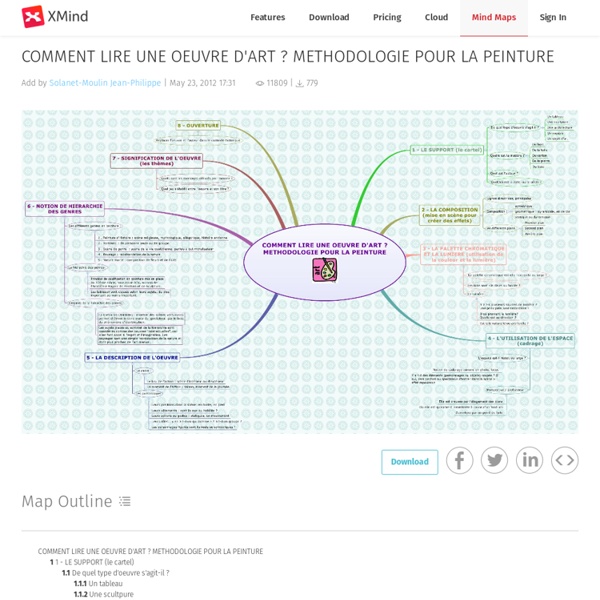



Leonardo Home Page Who was Leonardo da Vinci? He had a keen eye and quick mind that led him to make important scientific discoveries, yet he never published his ideas. He was a gentle vegetarian who loved animals and despised war, yet he worked as a military engineer to invent advanced and deadly weapons. Accueil CancelEditDeletePreviewrevert Text of the note (may include Wiki markup) Could not save your note (edit conflict or other problem). Please copy the text in the edit box below and insert it manually by editing this page. Upon submitting the note will be published multi-licensed under the terms of the CC-BY-SA-3.0 license and of the GFDL, versions 1.2, 1.3, or any later version. See our terms of use for more details. Jheronimus Bosch - The Garden of Earthly Delights About this project The interactive documentary Jheronimus Bosch, the Garden of Earthly Delights provides an in-depth tour though The Garden of Earthly Delights. In a web interface the visitor will be taken on an audio-visual journey, including sound, music, video and images to enrich the storytelling. Synopsis
art history short video - history hustle Here’s 10,000 years of art history condensed into 90 seconds just for you. All slides posted below the video: For more awesome history videos, click here. History Hustle Weekly Newsletter Why is this painting so captivating? - James Earle and Christina Bozsik Diego Velazquez (June 6, 1599 August 6, 1660) was a Spanish painter who was hired by Philip IV at the age of 25. You can learn more about his life here. Interested in learning more about Velazquez’s life as a court painter? Is Google Making Us Stupid? - Nicholas Carr Illustration by Guy Billout "Dave, stop. Stop, will you?
Book titles with full text online "The 1688 Paradise Lost and Dr. Aldrich": Metropolitan Museum Journal, v. 6 (1972) Boorsch, Suzanne (1972) 20th-Century Art: A Resource for Educators Paul, Stella (1999) 82nd & Fifth The Metropolitan Museum of Art (2013) Education for the Future: How Do We Prepare Youth for What's to Come? In a globally connected world where technology is becoming more efficient and necessary, the question that comes to mind is: Are we preparing our youth for the future? Many education specialists are predicting certain trends for the future but how will we get there? The current education model will need to be restructured to understand and attain the skills and characteristics which will be necessary for jobs in the future. Here are some teaching strategies you can easily implement to prepare your students for what’s to come. Education for the Future: 7 Teaching Strategies
Romanesque Art: History, Characteristics Background (c.450-1000) Between Romanesque and antique art there is an interval of many centuries, during which the Northern tribes made their entry into history. This period of folk migration is one of prehistoric arts and crafts, which are well known. Various discoveries of golden ornaments and coins show the long route followed by the Germanic tribes in their journey from the East into France and Spain. The careless and simple beauty of the jewellery of the Merovingian King, Childeric, who died in 481, betrays the influence of classical traditions, which were not, however, just feebly accepted, but adapted in a masterful way, often without full understanding.